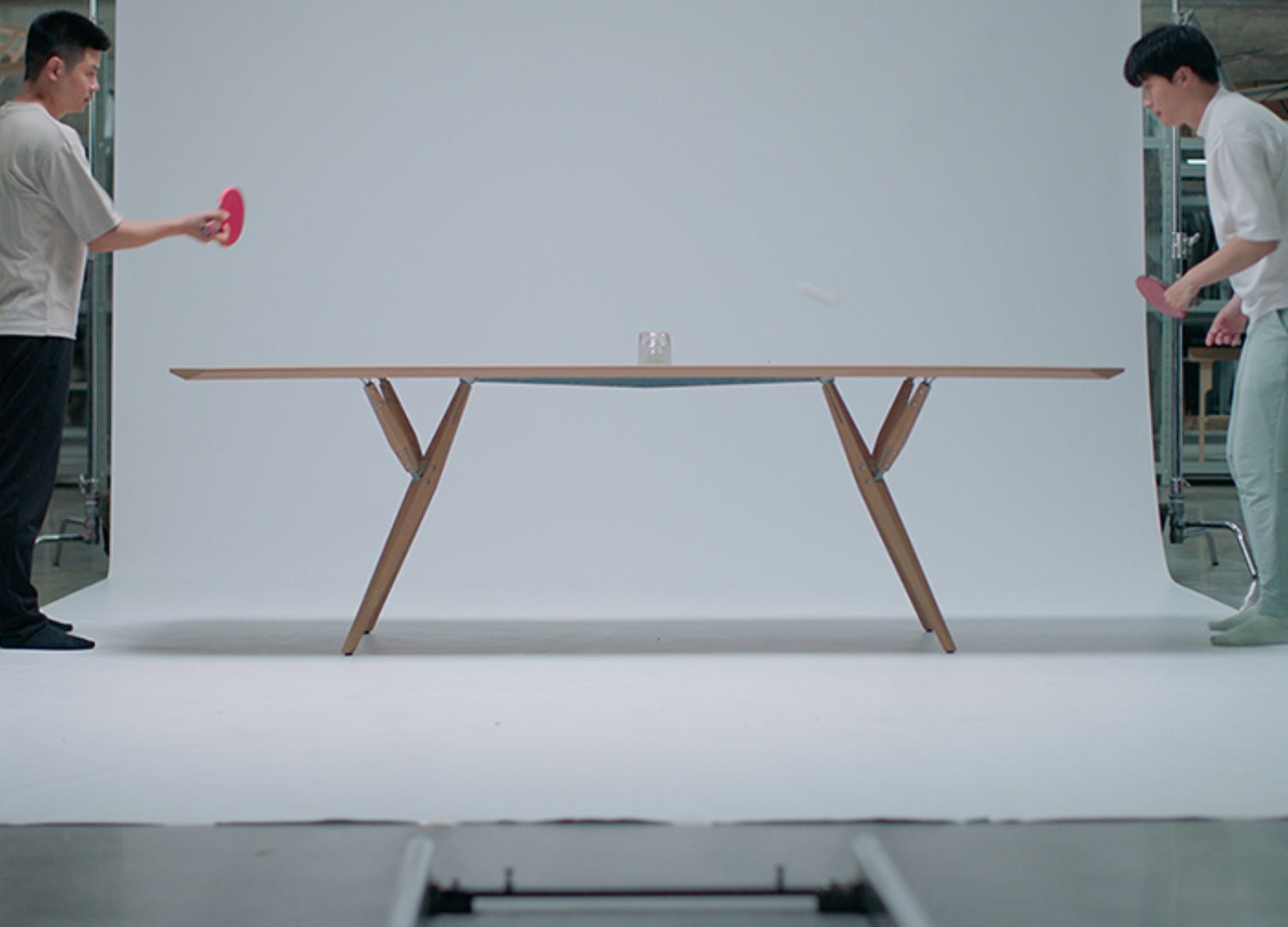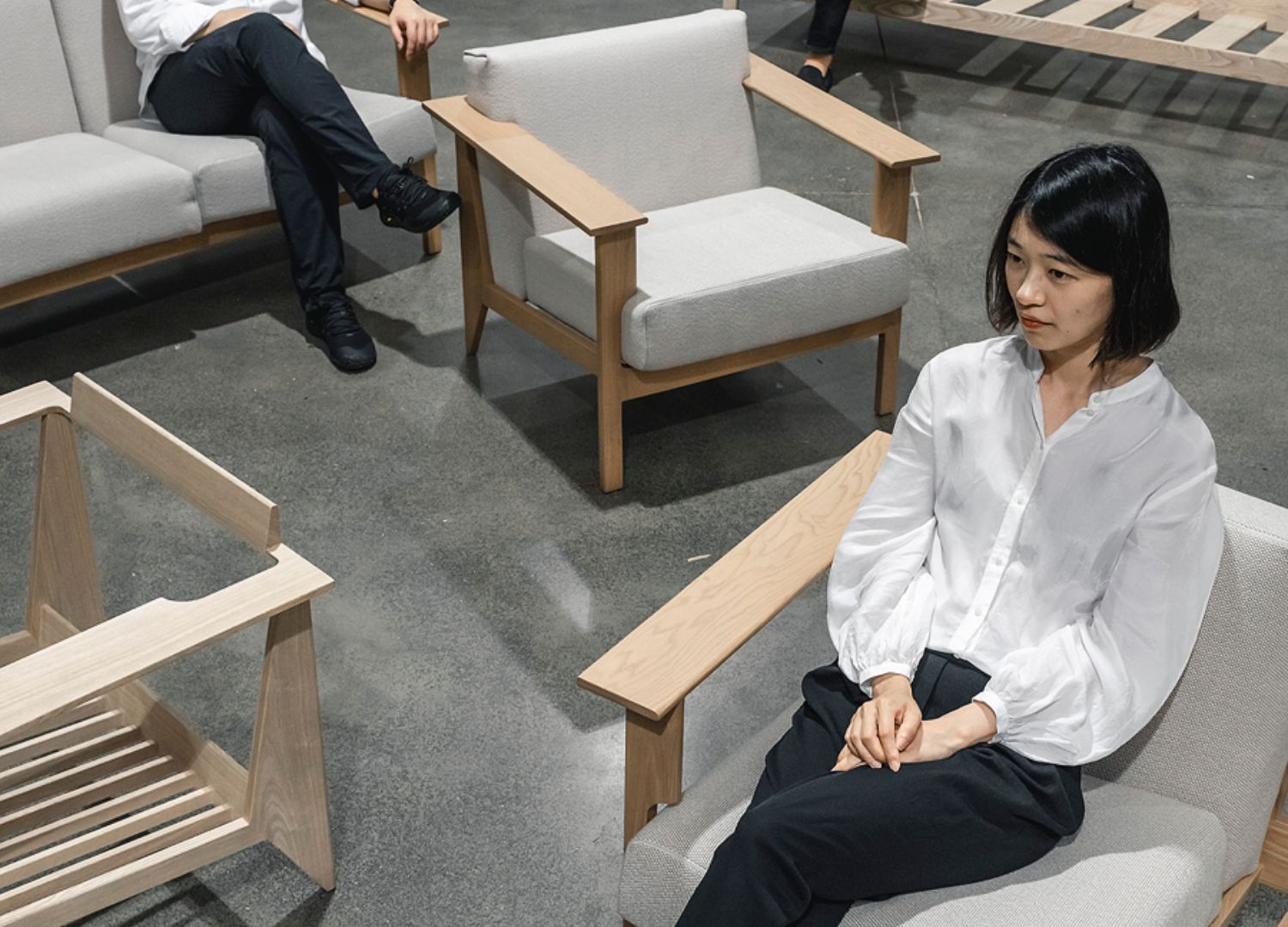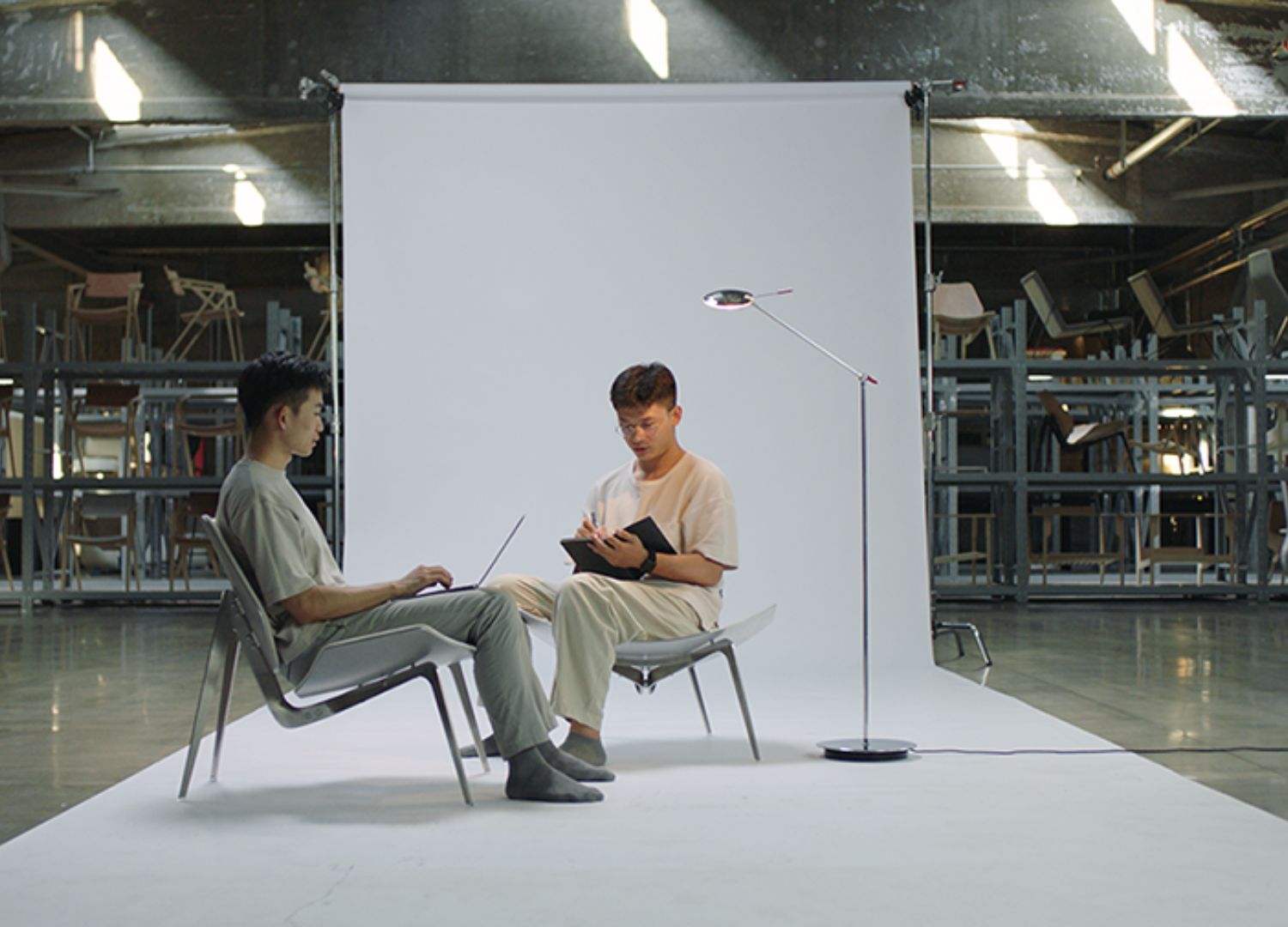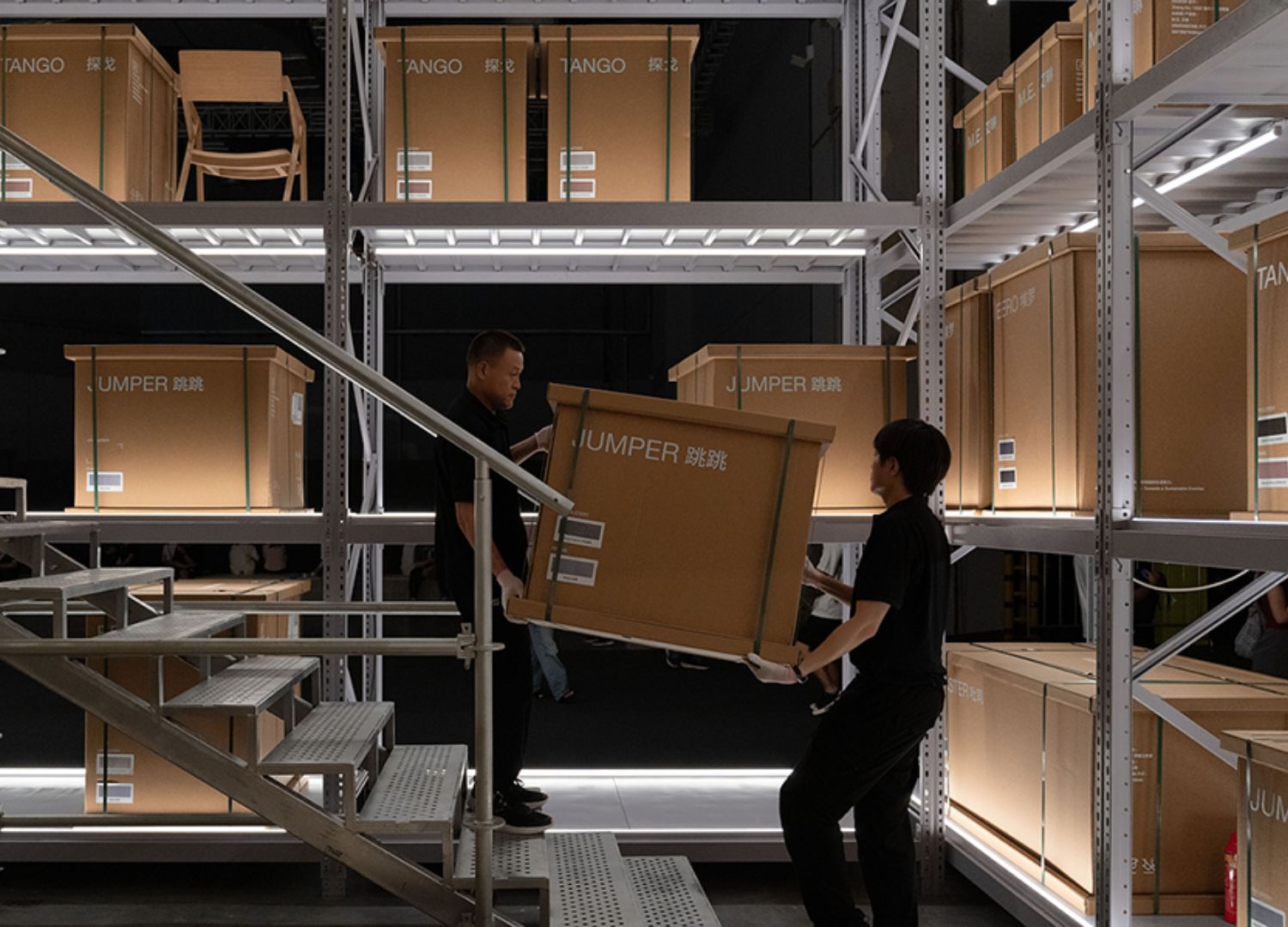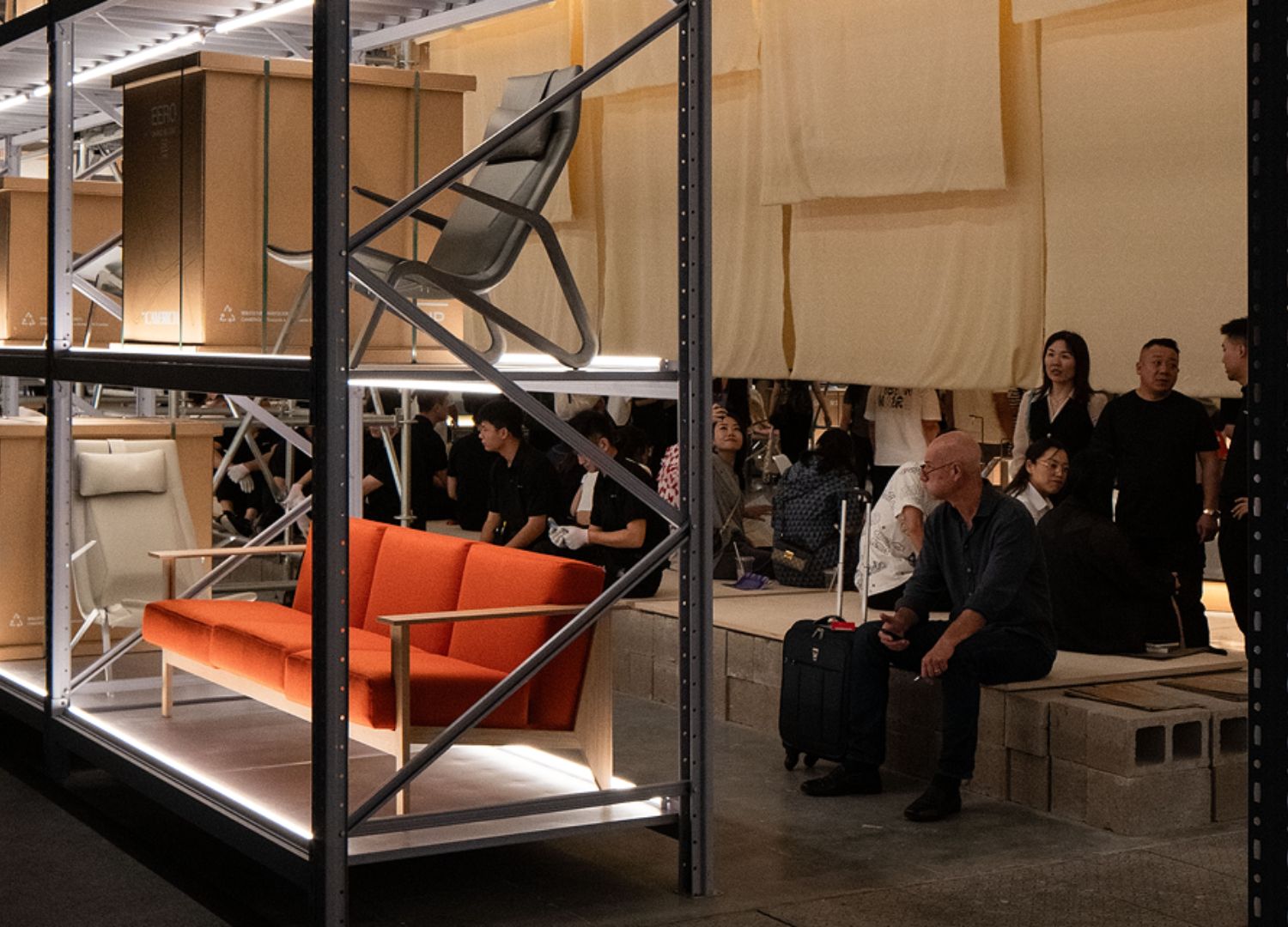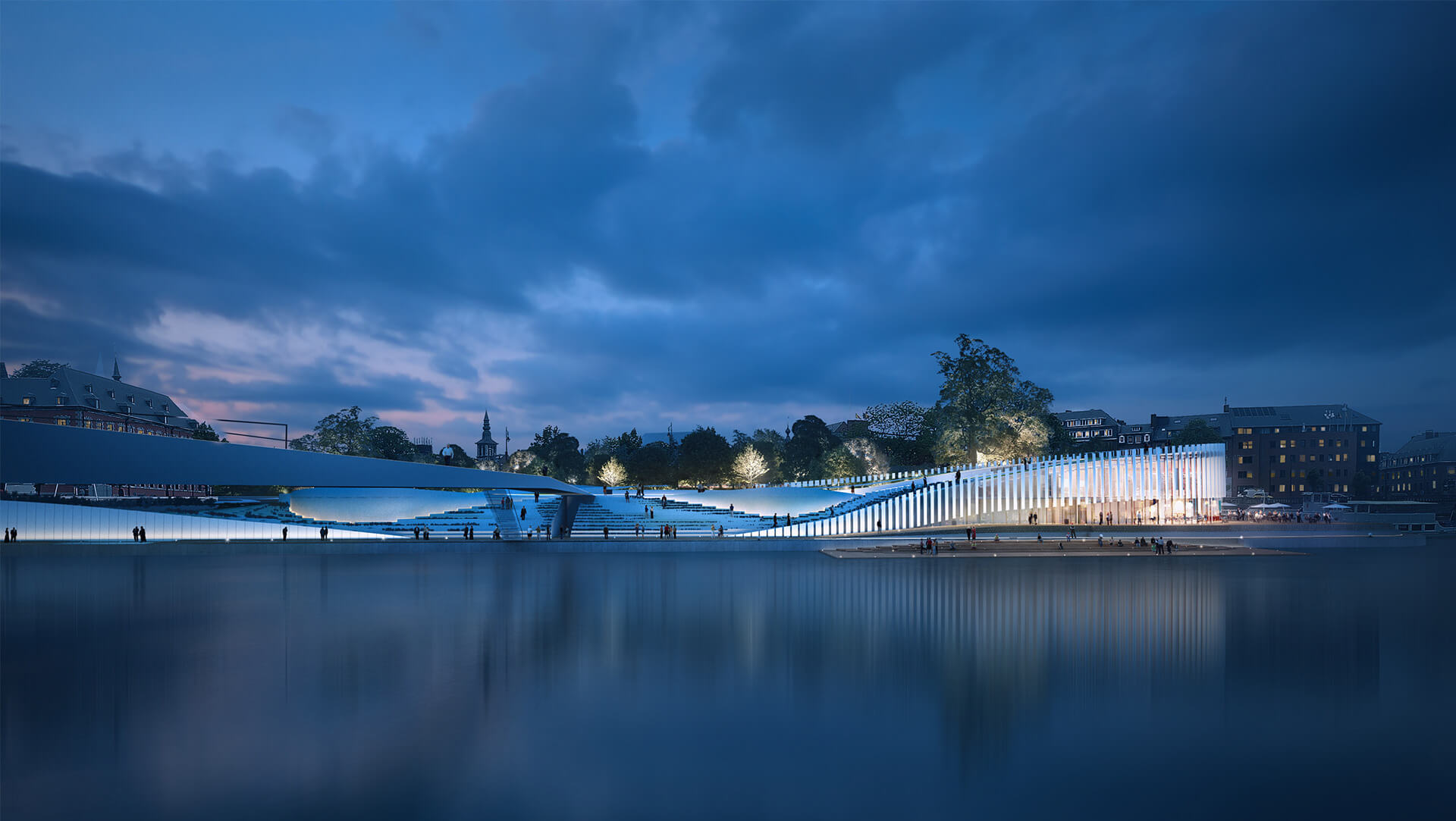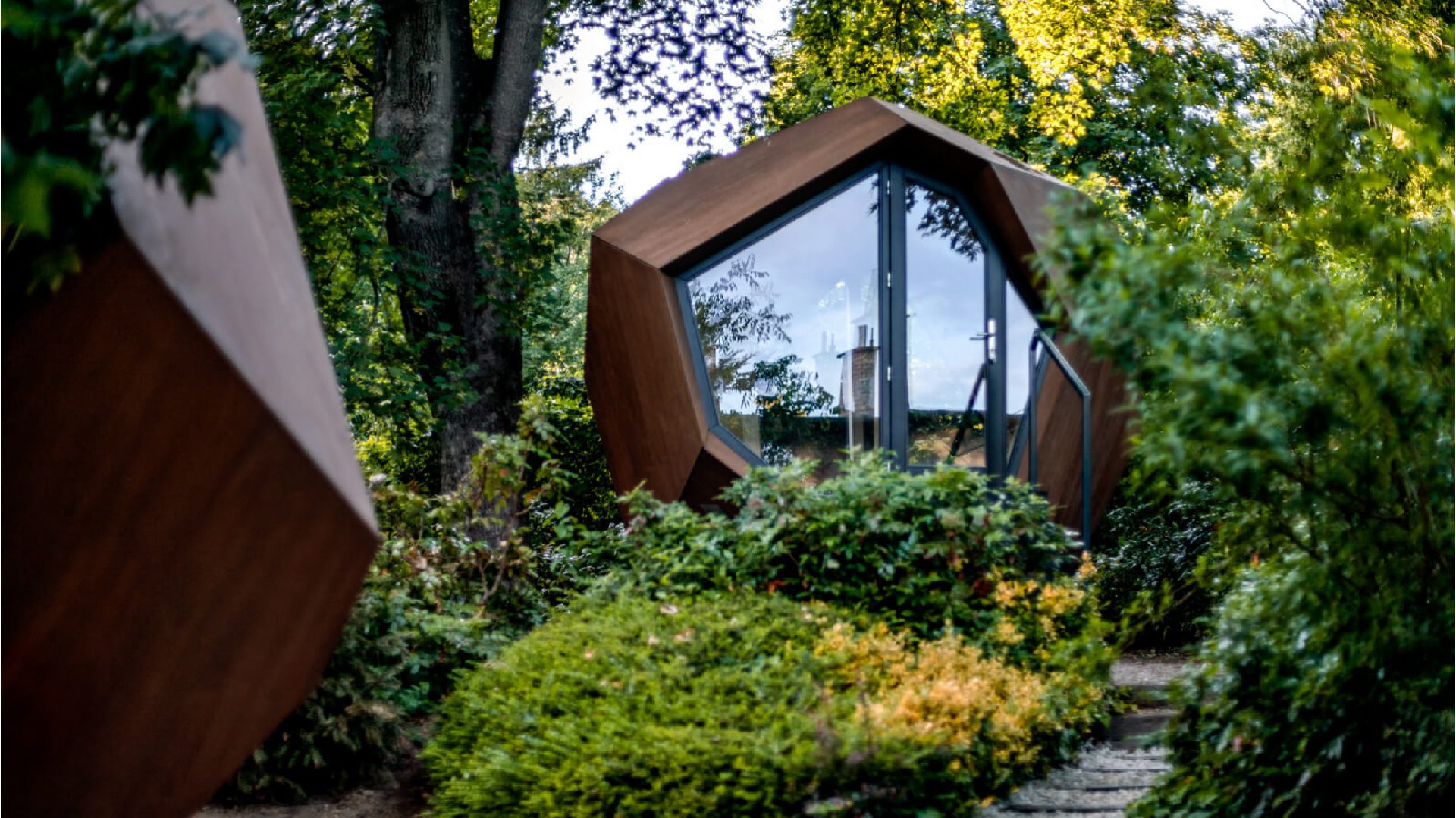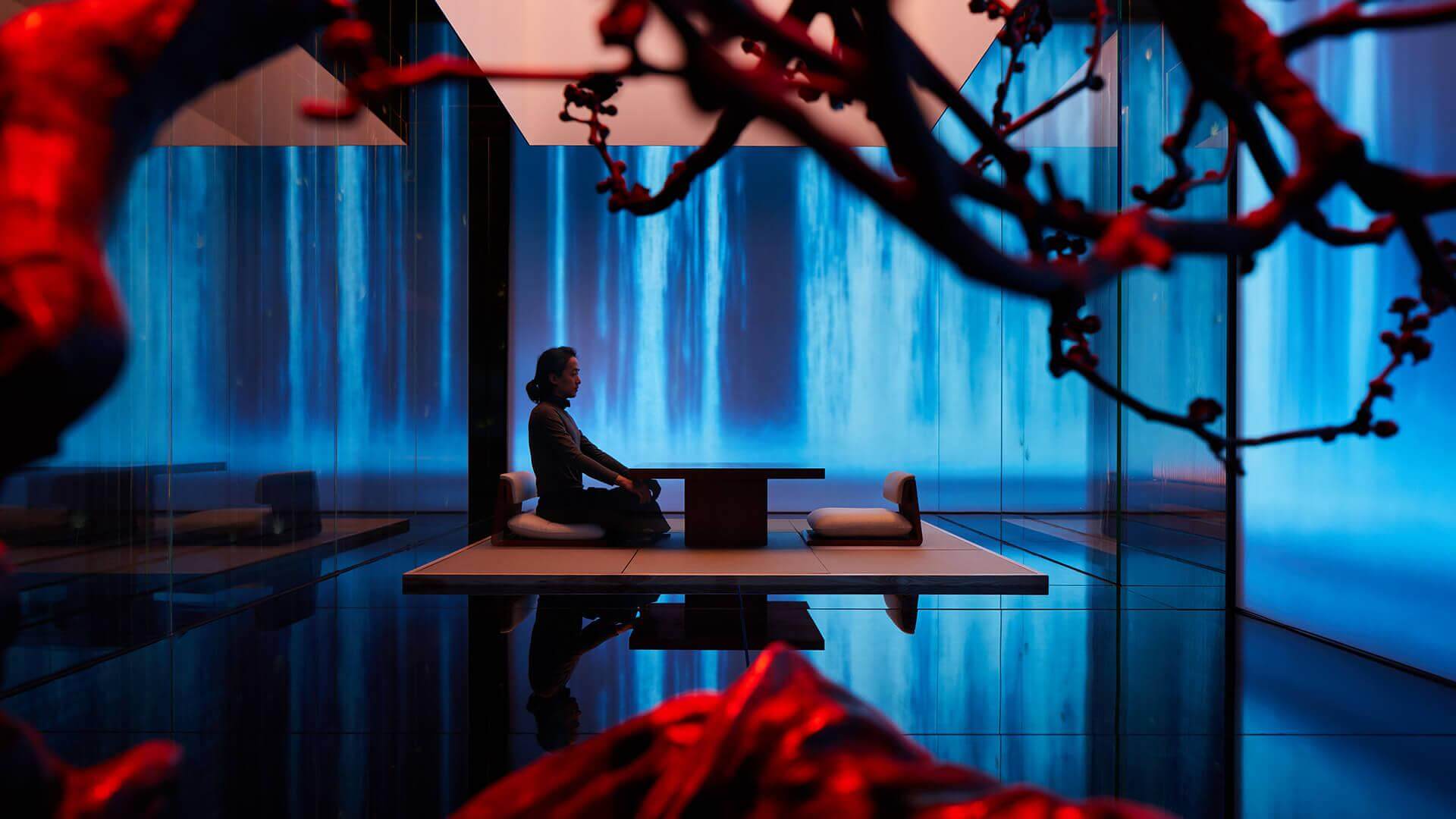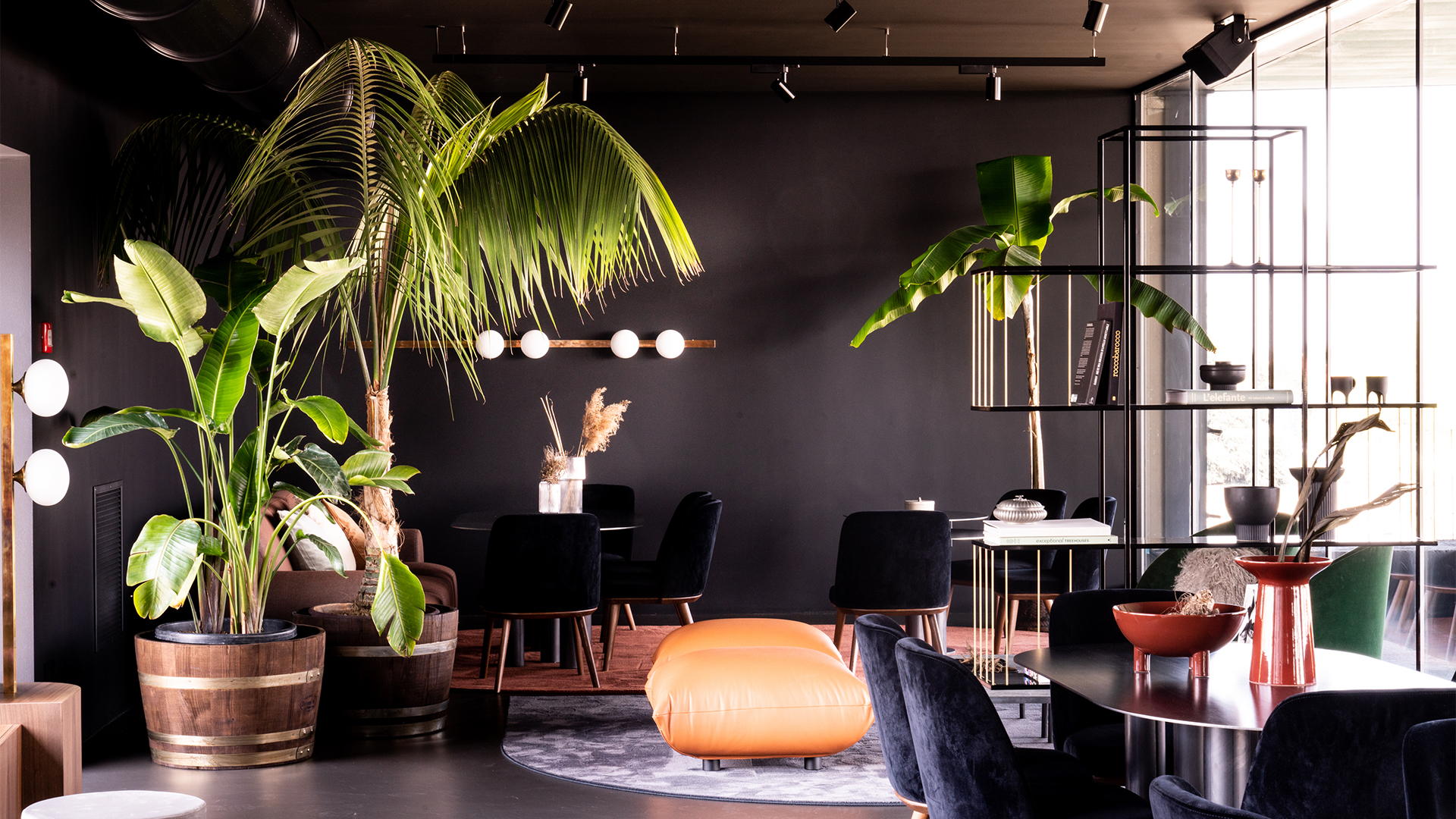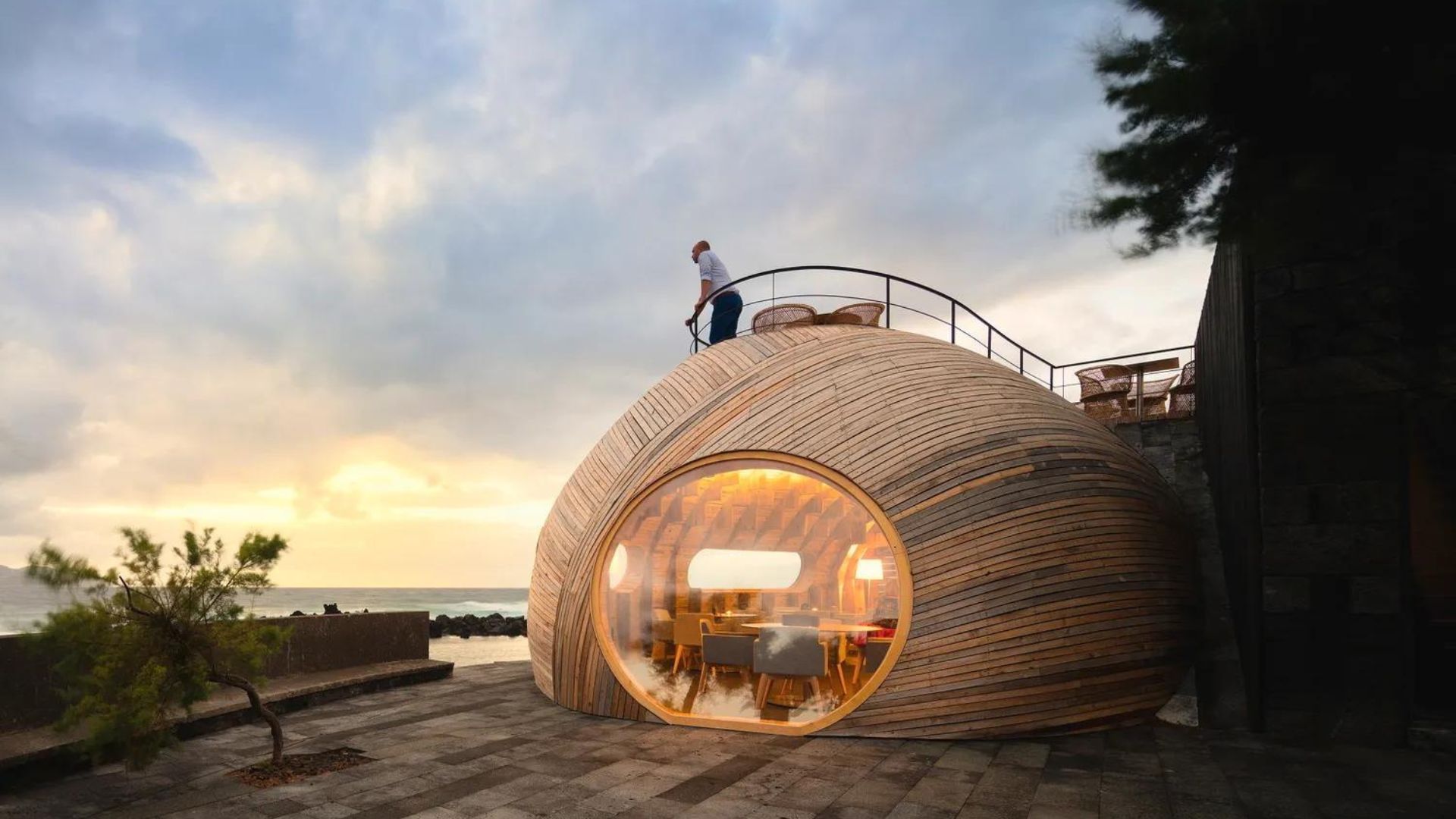A pavilion shaped by dynamic design, inspired by life in motion
China’s furniture brand CAMERICH collaborated once again with SEMESTER studio to create “The Travelling Warehouse” pavilion for the 54th China International Furniture Fair (Shanghai) in 2024.
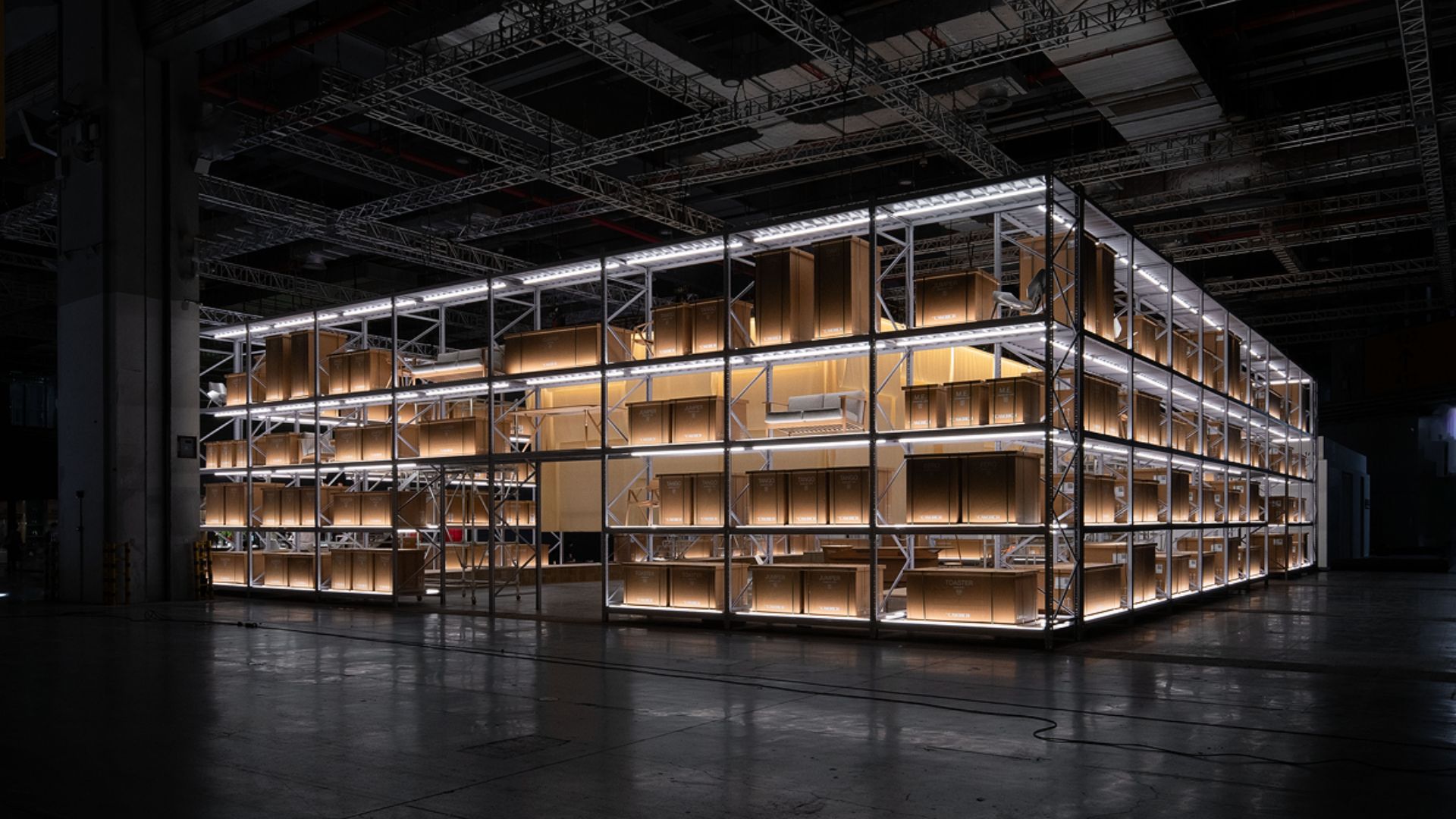
With an insider’s perspective on the furniture industry, “The Travelling Warehouse” pavilion featured a dynamic display inspired by a life in motion. Building on the “Zero-waste” concept from “The Temporary Storage Garden,” all materials were returned to CAMERICH campuses for reuse after the fair. The pavilion was designed as a public space where visitors could linger, rest, engage in conversation, or even experience unexpected encounters.
SEMESTER is a research and design studio that operates across a wide range of scales, from everyday objects to buildings and cities. It was founded by Manus Leung, Wenting Guo, and Yun Fu during their time as students at Harvard’s Graduate School of Design.
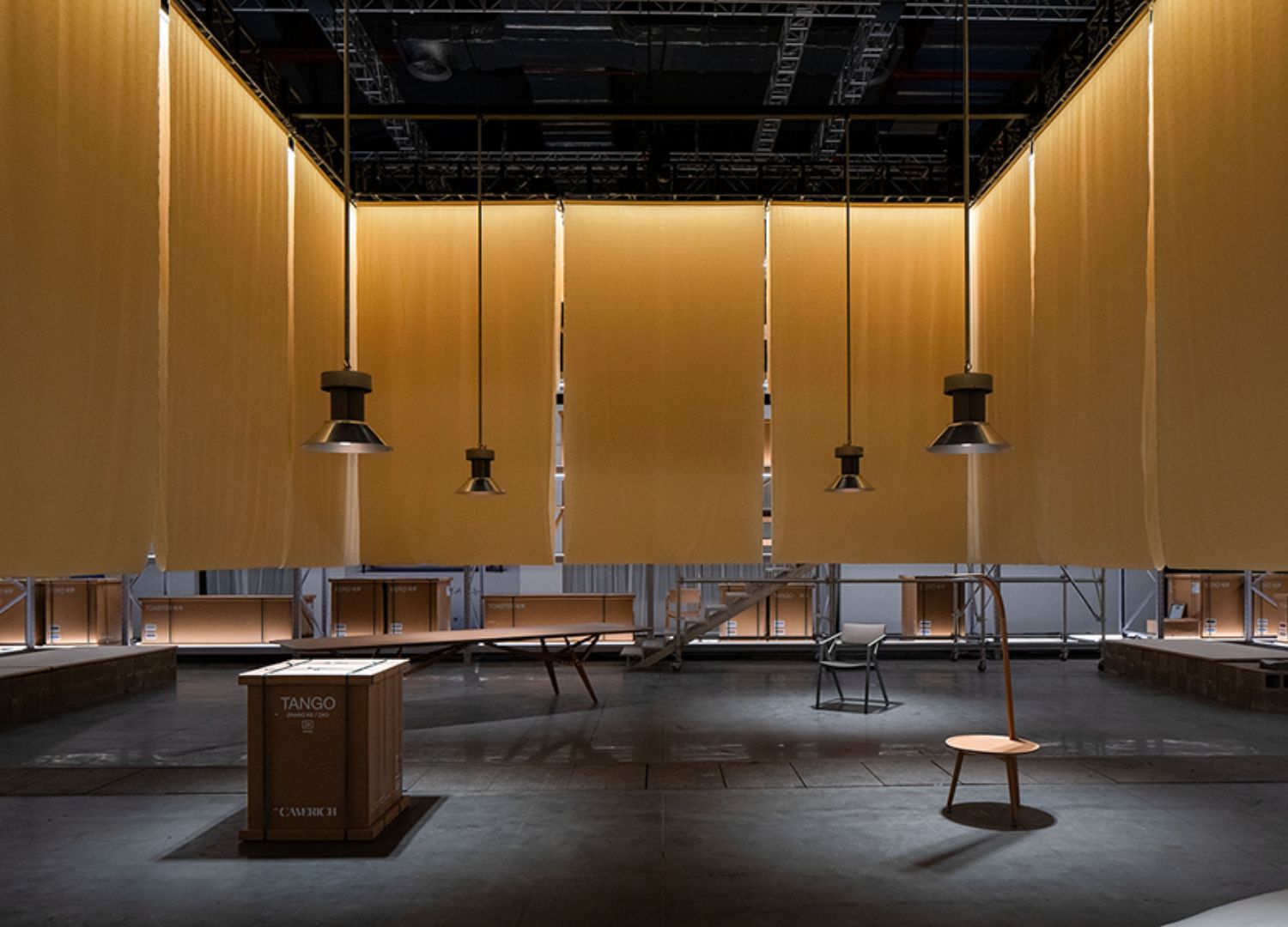
The Travelling Warehouse strives for zero waste
Over 98% of the materials used in the pavilion were cycled back into production lines and storage spaces for future use. In 2023, “The Temporary Storage Garden” showcased CAMERICH’s upgraded North-South Campuses plan, emphasizing a comprehensive layout and a “Zero-Waste” approach by utilizing recycled materials from various departments. As a continuation of it, “The Travelling Warehouse” further embraced sustainable development. It borrowed all materials from CAMERICH’s R&D workshop, using industrial shelves, factory lights, fabric, and timber panels from prototypes to construct a functional warehouse space.
The pavilion drew inspiration from the product shelves at CAMERICH’s Beijing R&D campus, using a warehouse setting to narrate the story of product manufacturing. The shelves provided a unique way to display product details that are often overlooked at trade fairs.
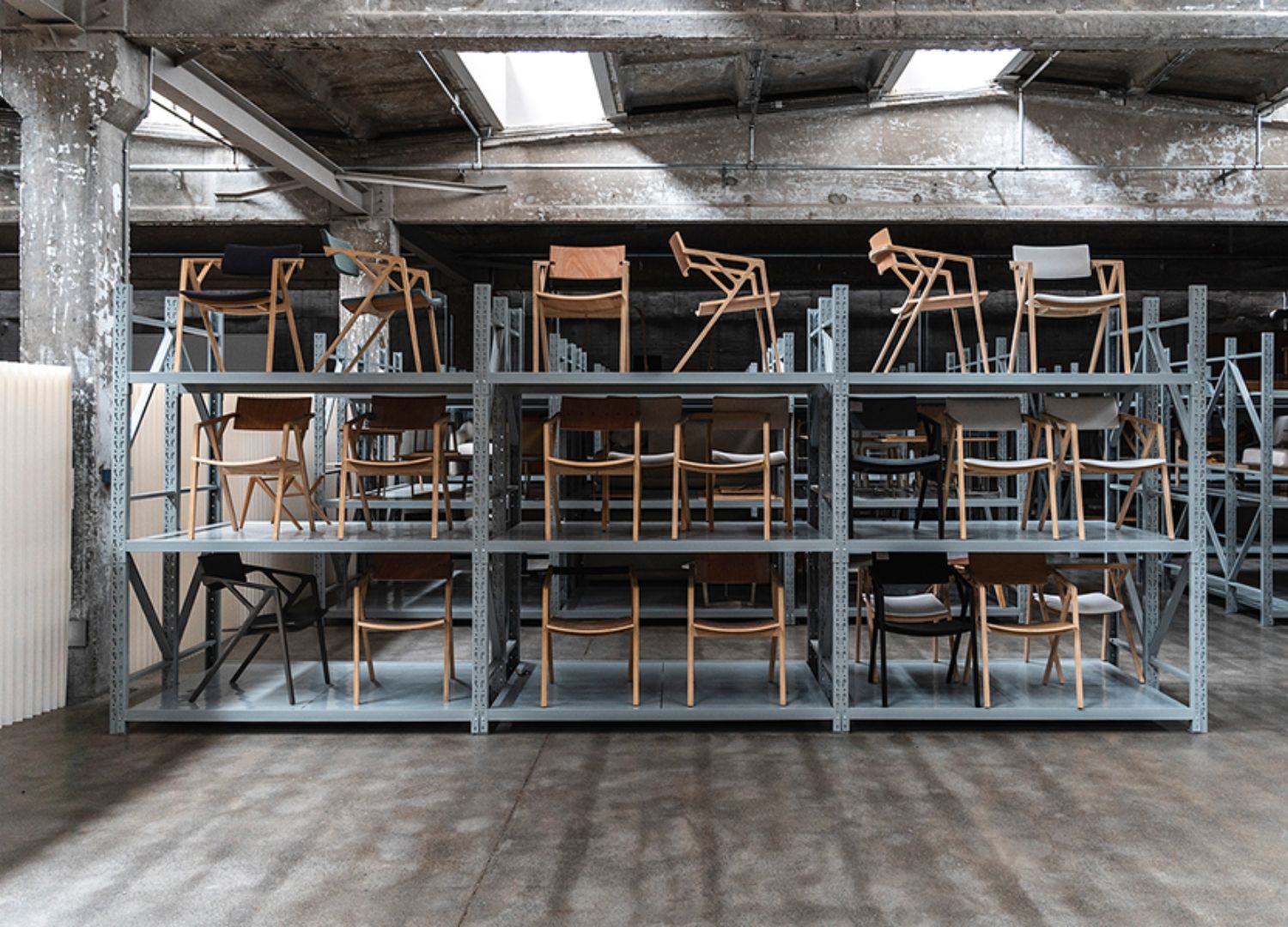
At the heart of the structure, eight stages were illuminated by lights that brightened whenever a new box was placed. These factory lights, typically used in production, were adapted with adjustable light sources for the event to spotlight the featured products.
The central area of the pavilion was encircled by layers of fabric, usually used for CAMERICH sofa bases. Draped in a folded arrangement just 1.4 meters above the ground, the fabric created a semi-enclosed space, offering visitors a more private experience. Seated on nearby benches, they could enjoy a fully immersive encounter with the furniture showcased in this intimate “theater.”

A dynamic theatre
Throughout the four days of the fair, boxes on the shelves were gradually opened, and products were displayed one by one, filling the pavilion with a sense of novelty and excitement. The ongoing changes kept the atmosphere dynamic and engaging. Beginning at 10:00 a.m. on both September 11th and 12th, CAMERICH team members unboxed a new item in the theater every ten minutes, then placed the previously displayed product on the shelves. This process provided visitors with continuous surprises and new discoveries in the pavilion.

The program guide for “The Travelling Warehouse” maintained the same newspaper format used in 2023 for “The Temporary Storage Garden.” The unboxing timeline was printed on a one-meter-long, folded kraft paper, with silver ink. The use of these materials, mirroring the boxes and shelves, reinforced the pavilion’s commitment to sustainability.
A sustainable everyday
“The Travelling Warehouse” was both a physical space and a concept in action. It embodied a modest design approach where the architecture receded into the background, allowing interactions between people and their surroundings to take center stage. It also offered a glimpse into the Brand’s creative process and presented a vision for high-end manufacturing as the CAMERICH (Jiaxing) Mega Factory prepared to begin production.
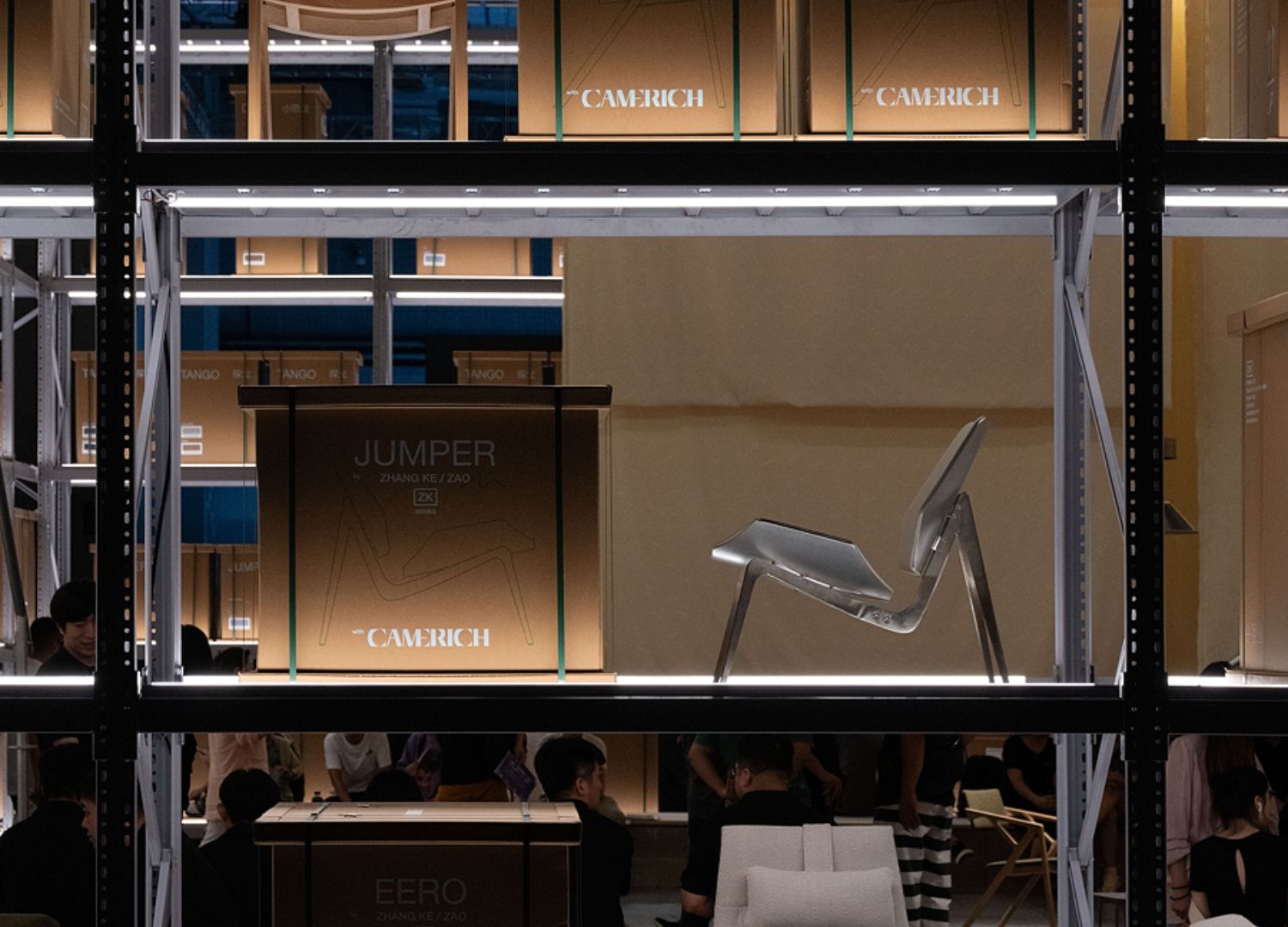
The exhibition highlighted the often-overlooked issue of packaging from an industrial perspective, and CAMERICH addressed this in “The Travelling Warehouse.” With a focus on sustainability, packaging materials and printing methods were optimized to ensure product safety while also making them more recyclable.
The collections presented at CIFF 2024
The new pieces showcased at the exhibition center around two key principles: achieving structural clarity and enhancing the human experience in everyday use.
The ZK Series is a collaborative furniture collection by Zhang Ke and CAMERICH, building on their partnership that began in 2011 through various architectural and exhibition projects. In recent years, this collaboration has extended into furniture design. It embodies Zhang Ke’s architectural philosophy on a more intimate scale, focusing on how furniture can foster connection and closeness. It also explores innovative possibilities for traditional wood structures in contemporary furniture design.

The SEM series marks the first furniture collaboration between SEMESTER and CAMERICH, translating the studio’s exploration of playful, sustainable living into the realm of furniture design. The TOASTER series, with its modular materials and washable components, encourages users to embrace the spontaneity and messiness of everyday life. The design leverages CAMERICH’s craftsmanship in carpentry and upholstery, offering contemporary users practical yet refined solutions that cater to more flexible and mobile lifestyles.



